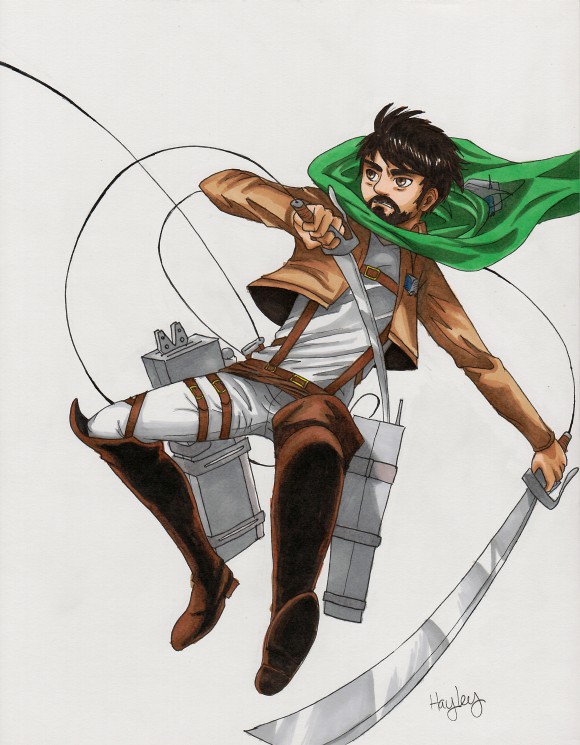
It’s no secret that art supplies are expensive. There’s a reason for the term “starving artist”. It’s difficult to be one.
But, I want to share with you some secrets on saving money when it comes to art supplies. Actually, they’re not really all that secret, just common sense.

Tip #1: Sales!
This might be an obvious one, but even I forget to do this. It’s a good idea to watch out for sales when shopping for supplies. If you are able to check in advance with your local craft store, do so and plan ahead what you want to use. If not, just be sure to check back frequently. Most places have sales often. I know Hobby Lobby seems to have paintbrushes on sale every time I visit.
Tip #2: Go Hunting
If what you want is not on sale and you’d rather not wait–check online. Compare prices from different stores in your area. A lot of times you can find the exact same thing, but cheaper. Not always of course, but it doesn’t hurt to check.
Tip #4: Buy Wholesale
Coupled with tip #2, if you are able to, try to find wholesale websites and buy from them. You’ll be able to find name brand stuff, in larger quantities, for almost half the price–or less.
Tip #5: It’s OK to buy cheap supplies–sometimes
I know I’ve said before to spend that extra money and get the better quality stuff–and I still recommend that–but there are a few things that are OK to buy cheap. For example:
- Canvases
- Acrylic/watercolor paint
- Paint thinner
- Containers to hold paint
- Containers to clean your brushes
- Sketchbooks

Tip #6: Use alternatives
Sometimes you just have to make due with what you have. I was lucky enough to come across some very large canvases in a dumpster once (gross, I know, but have you seen the prices of large canvases??). But you don’t always have to use specific things. Like canvases for example, you don’t even have to use one. There are plenty of alternatives you could use including:
- Wood (be sure to cover in Gesso first!)
- Sketchbook paper designed for paint
- Glass
- Cardboard (I’d paint with Gesso here too, first)
- Foam/poster board
That’s just one example. If you can’t afford certain paints, go with acrylic rather than oil–it’s usually always cheaper anyway. If it’s sketching materials you want:
- Facial tissue in place of smudge sticks
- Regular office supply pencils (equivalent of an HB pencil)
- Regular office supply erasers/sharpeners
- Crayons are a good substitute for oil pastels (not as high quality, but it still works)
- Off-brand chalk, or even sidewalk chalk, can be a substitute for chalk pastels
- Hairspray in place of fixative
Don’t worry about fancy materials. Keep in mind it’s how the artist uses what they have–not what the tools do.
Comment below and let me know how you save money on art supplies! If you have any questions, feel free to email me. Just look under the ‘about’ section.







